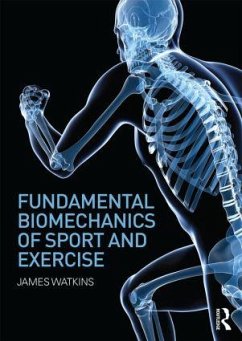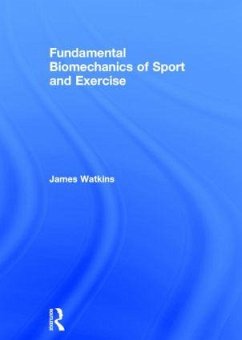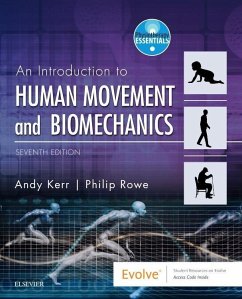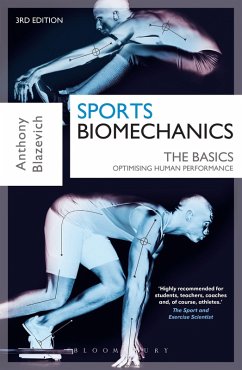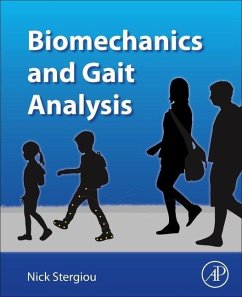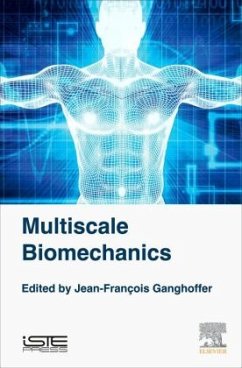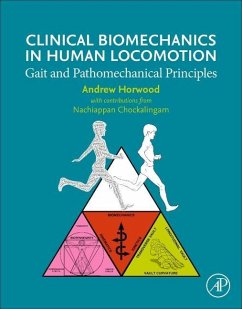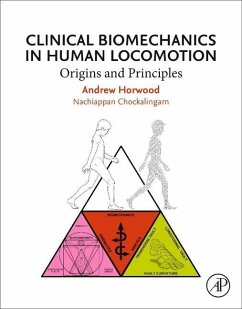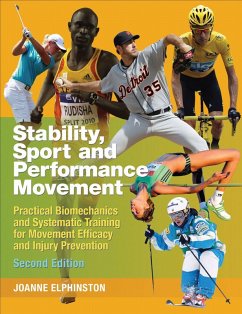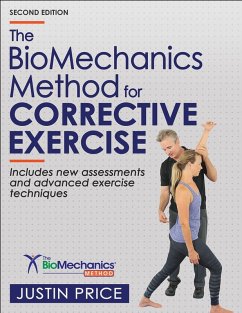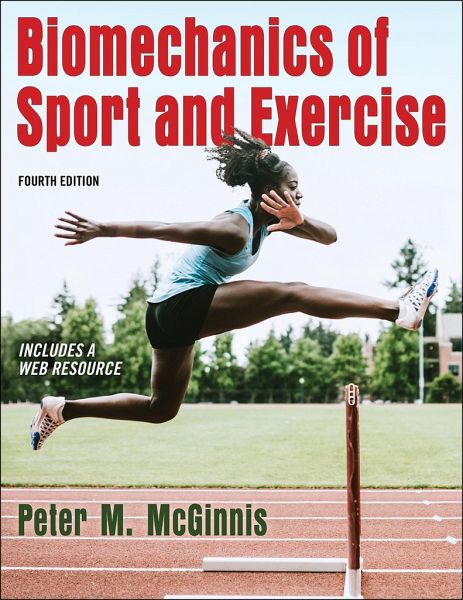
Peter M. McGinnis
Broschiertes Buch
Biomechanics of Sport and Exercise
Versandkostenfrei!
Versandfertig in 2-4 Wochen

PAYBACK Punkte
69 °P sammeln!




Dive into the world of sport and exercise biomechanics by exploring how external forces create movement and how the body responds. Practical experiments, step-by-step problems, and vibrant diagrams illuminate principles that enhance understanding and drive real-life performance analysis.
Peter M. McGinnis, PhD, is a distinguished service professor in the kinesiology department at the State University of New York College at Cortland, where he has taught and coached pole vaulters since 1990. Before 1990, McGinnis was an assistant professor in the department of kinesiology at the University of Northern Colorado. During that time, he also served as a sport biomechanist in the Sports Science Division of the U.S. Olympic Committee in Colorado Springs, where he conducted applied sport biomechanics research, tested athletes, taught biomechanics courses to coaches, and developed educational materials for coaches. He has authored numerous articles and technical reports about the biomechanics of pole vaulting and has been a reviewer for Sports Biomechanics, Journal of Applied Biomechanics, Research Quarterly for Exercise and Sport, and Journal of Sports Sciences. McGinnis is a member of numerous professional organizations, including the American College of Sports Medicine, American Society of Biomechanics, International Society of Biomechanics, and ASTM International. He served as chair of the ASTM International pole vault equipment subcommittee for 12 years. He is also a member of USA Track and Field’s Sports Medicine and Science Committee, serving as the biomechanist for the pole vault. In 2012 USA Track and Field honored him with the Dr. C. Harmon Brown Sports Medicine and Science Award. McGinnis received a PhD in physical education from the University of Illinois in 1984 and a BS in engineering from Swarthmore College in 1976. He was inducted into the Swarthmore College Garnet Athletics Hall of Fame in 2014.
Produktdetails
- Verlag: Human Kinetics Publishers
- Fourth Edition
- Seitenzahl: 416
- Erscheinungstermin: 10. Januar 2020
- Englisch
- Abmessung: 279mm x 215mm x 22mm
- Gewicht: 1142g
- ISBN-13: 9781492571407
- ISBN-10: 1492571407
- Artikelnr.: 58805579
Herstellerkennzeichnung
Libri GmbH
Europaallee 1
36244 Bad Hersfeld
gpsr@libri.de
Für dieses Produkt wurde noch keine Bewertung abgegeben. Wir würden uns sehr freuen, wenn du die erste Bewertung schreibst!
Eine Bewertung schreiben
Eine Bewertung schreiben
Andere Kunden interessierten sich für


